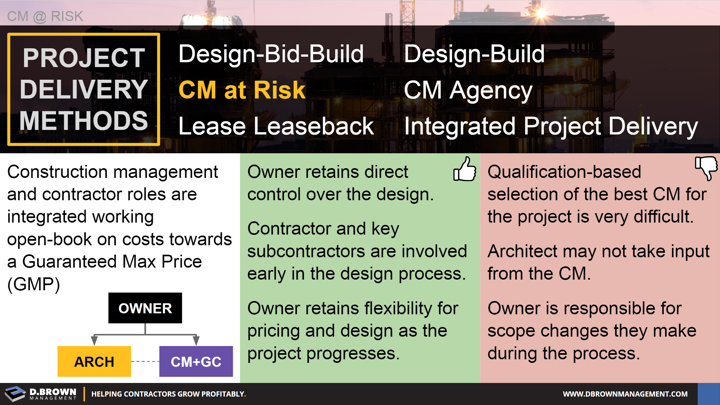The best elements of Design-Build and Design-Bid-Build are combined while eliminating many of the negatives.
The CM role is critical for all project delivery methods acting on behalf of the Project Owner and controlling the project’s timeline, cost, and quality within a defined scope. This is known as the Project Management Triangle.
CMAR integrates the role of the Construction Manager (CM) and the Contractor (GC) while the Project Owner still contracts separately with the Architect.
The CM+GC combination leverages their depth of constructability knowledge and resources, working hands-on with the Architect and Project Owner from the very initial Programming and Schematic phases.
The contracts typically have a fixed fee, open-book on costs, a Guaranteed Maximum Price (GMP), and a cost-savings sharing incentive.
This allows the Project Owner to retain both direct control over the design as well as flexibility for rapidly evolving project scopes. The tighter integration of design and construction leads to faster delivery.
CMAR is one of the most frequently used methods for the ENR Top 400.
Key downsides include the difficulty in selecting a CM with the best qualifications and the Architect not accepting input from the CM.
In some situations, the integration of the roles can be challenging when it comes to decisions that require balancing the needs of the Project Owner with the needs of the Contractor, which is why selection is so crucial for success.

